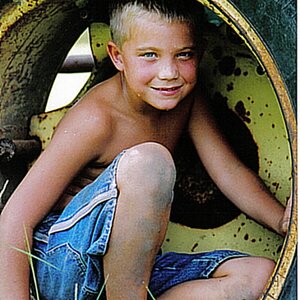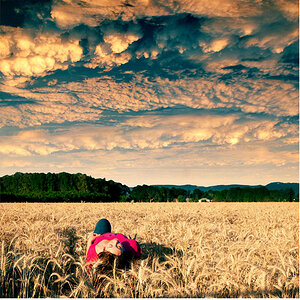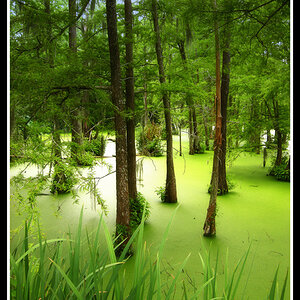- Joined
- Jun 8, 2010
- Messages
- 1,530
- Reaction score
- 764
- Location
- Texas
- Can others edit my Photos
- Photos OK to edit
I picked up a roll of 120 B&W film my girlfriend shot (teaching her some basics of photography) and all the shots are hazy but one. I dont think its the processing because if it was, then I dont think one of them would be fine. Is she under exposing? I bought her a Yashica MAT EM (has a built in light meter which seems to be quite accurate)
the one that came out
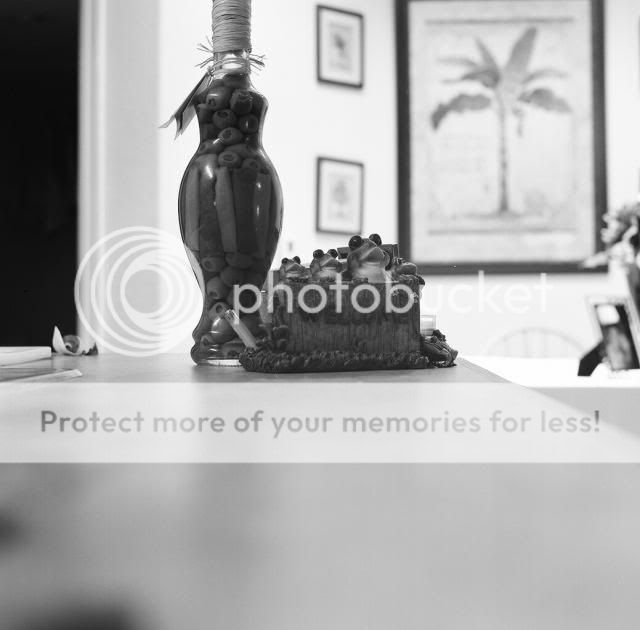
how all the others came out
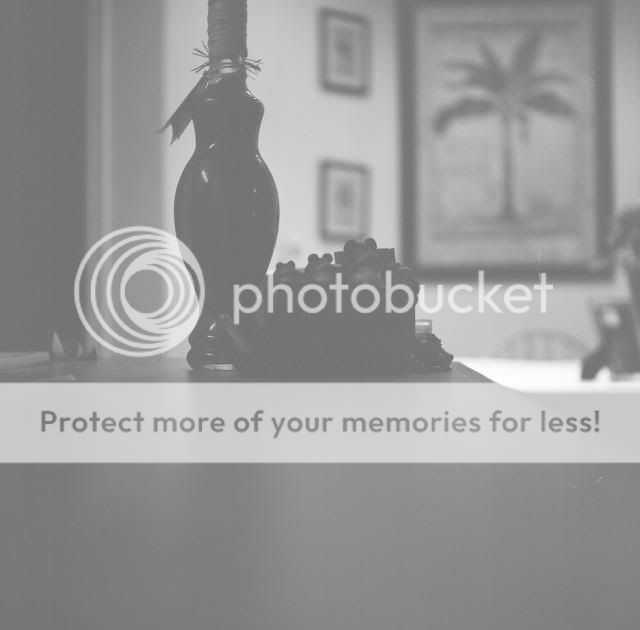
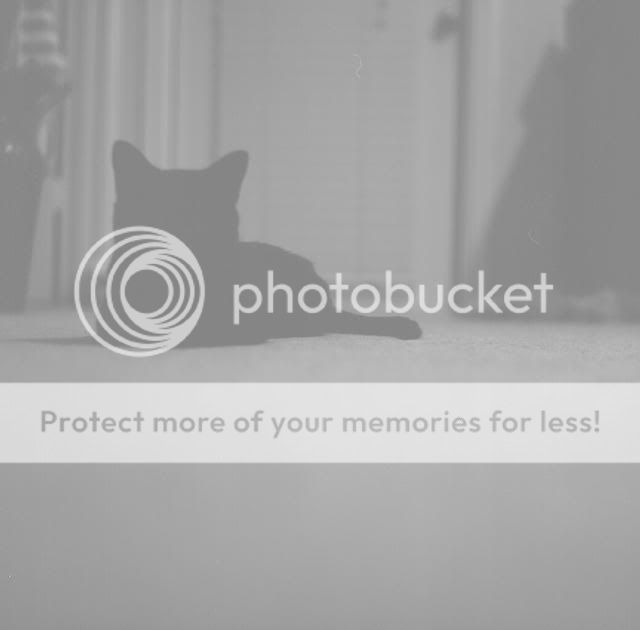
only 8 of the 12 frames came out as well. She may have just skipped them as they are at the end of the roll.
the one that came out

how all the others came out


only 8 of the 12 frames came out as well. She may have just skipped them as they are at the end of the roll.

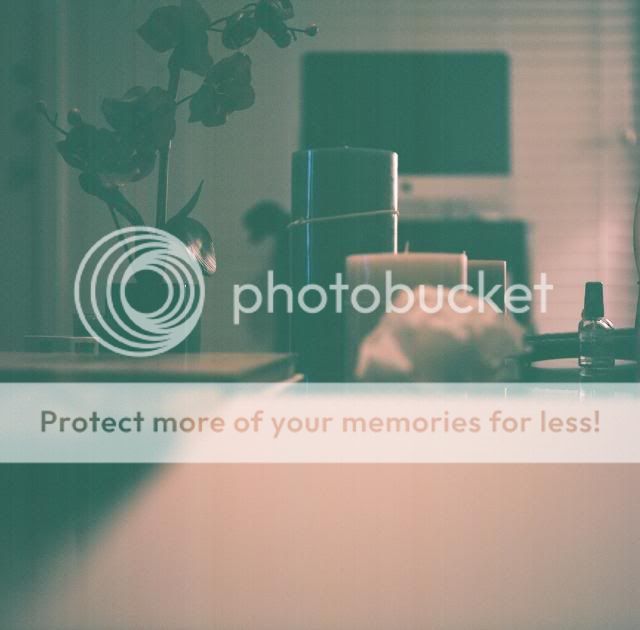

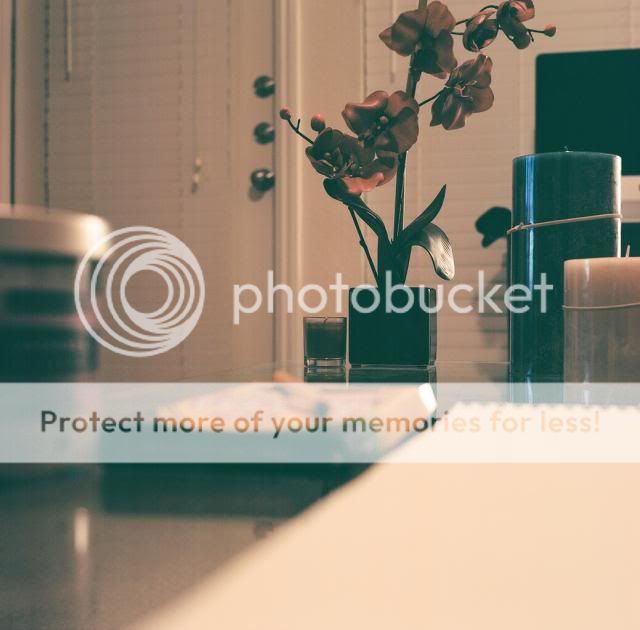
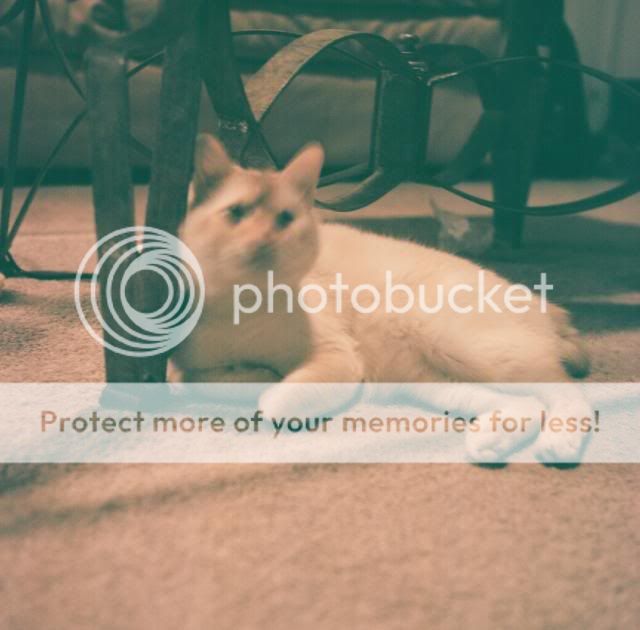
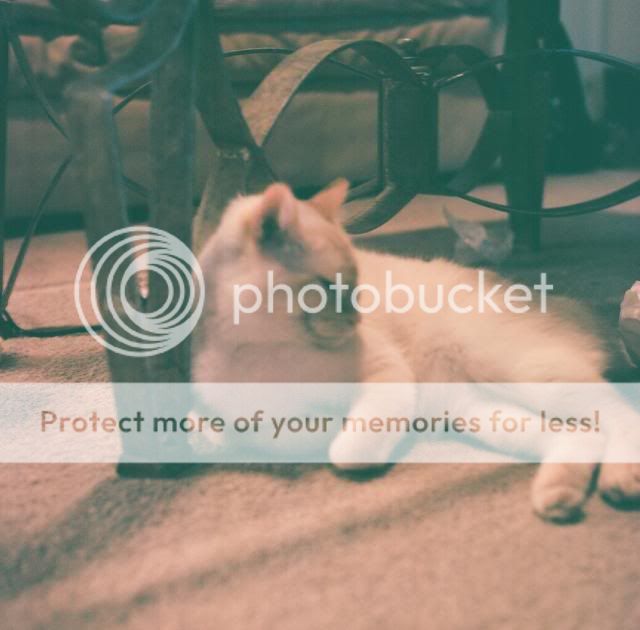

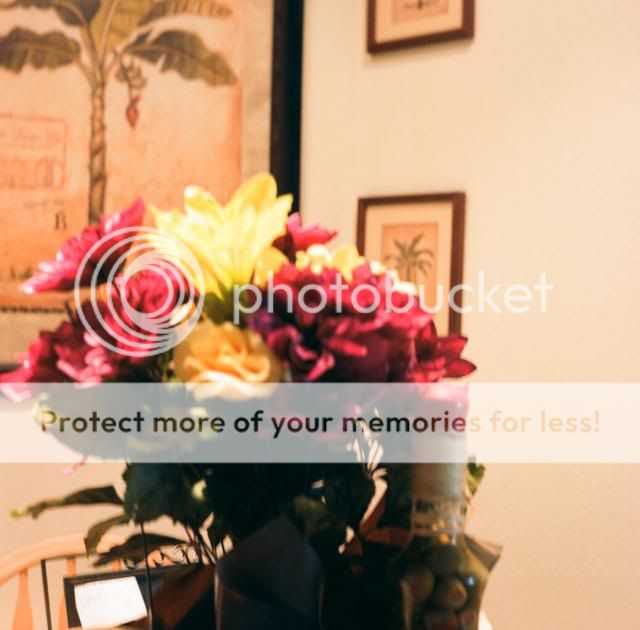
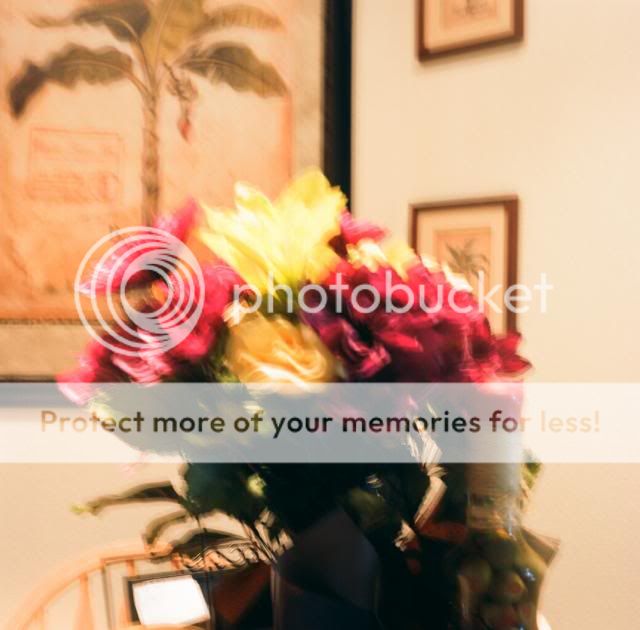
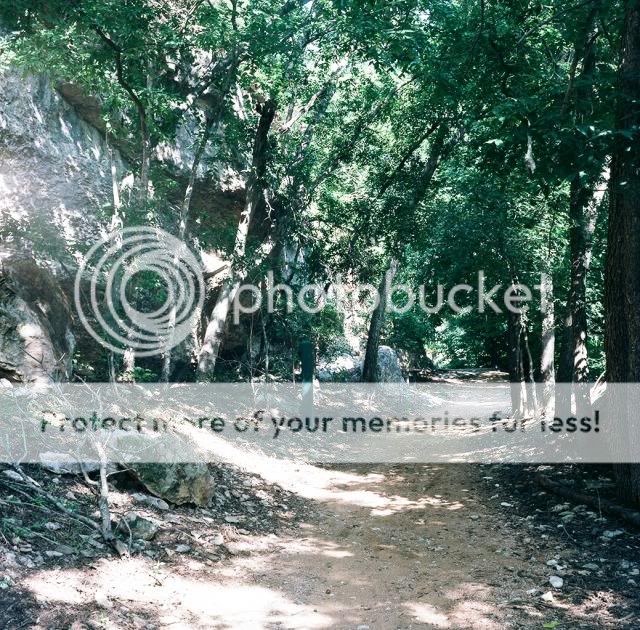
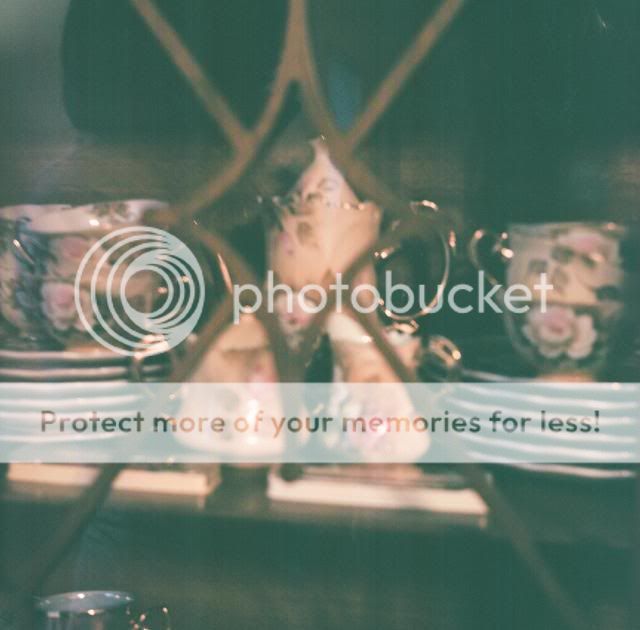
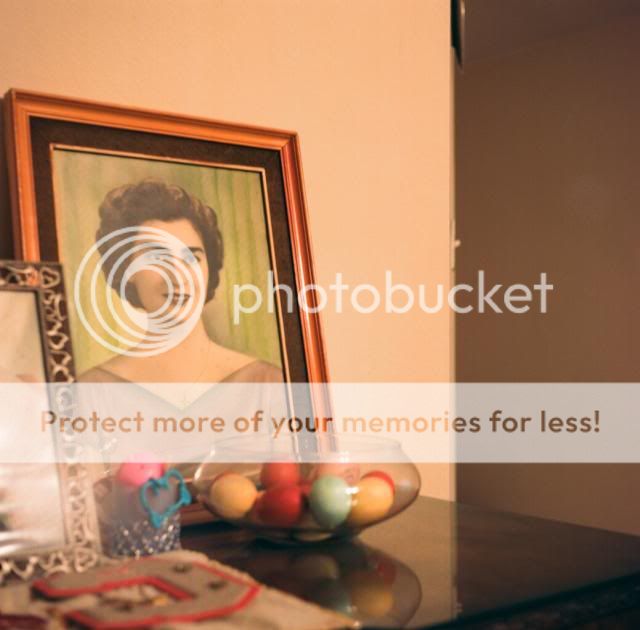
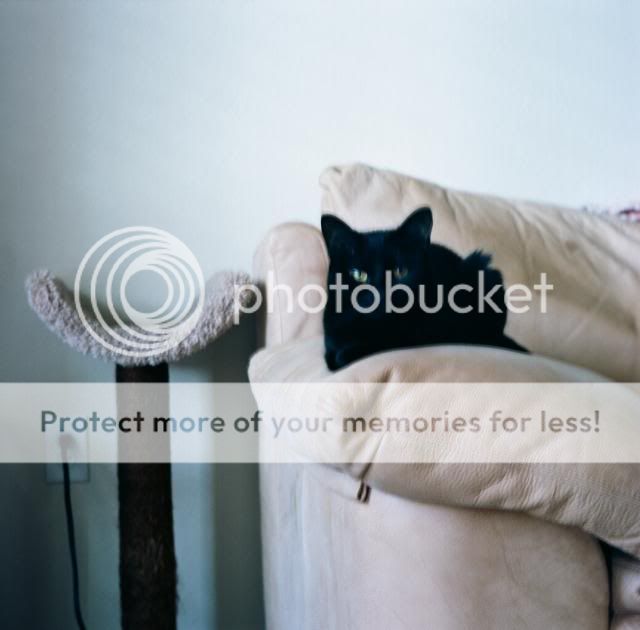
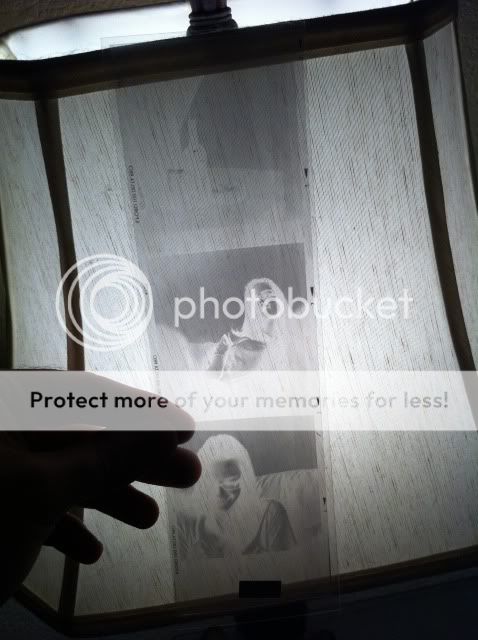
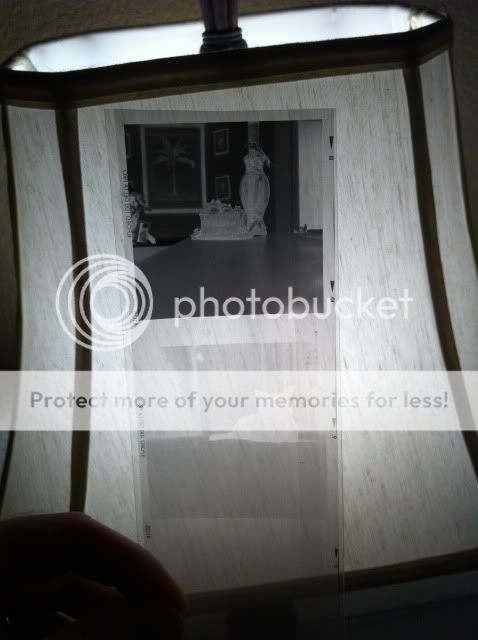
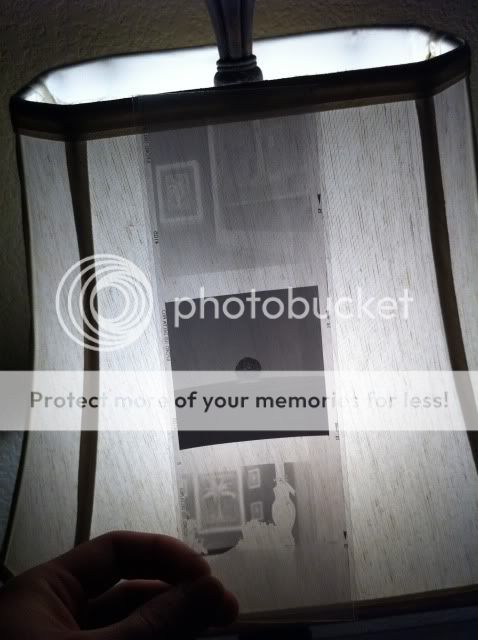
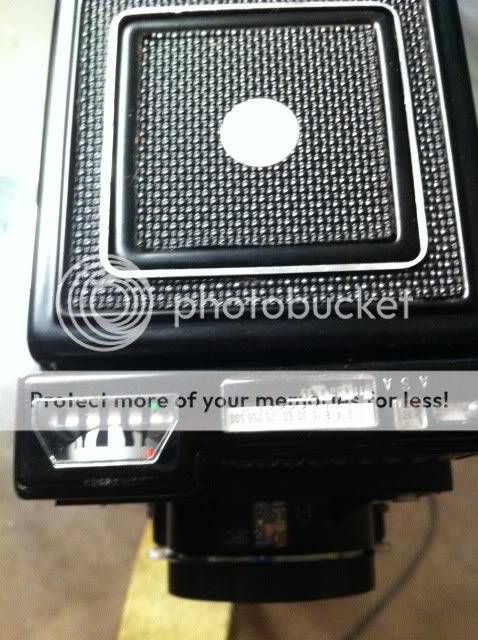
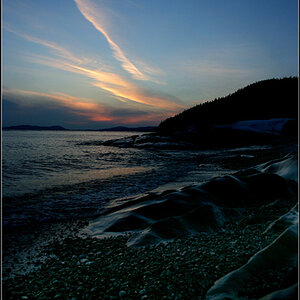
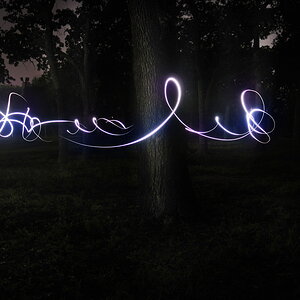
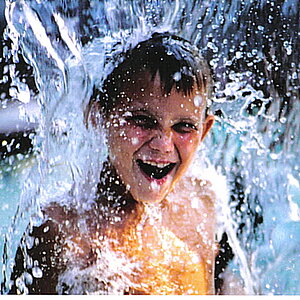
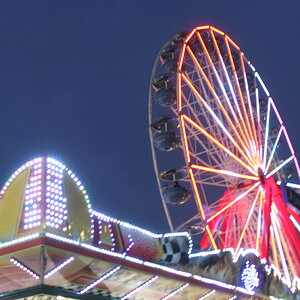
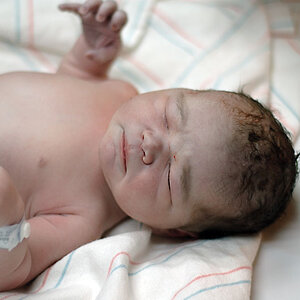
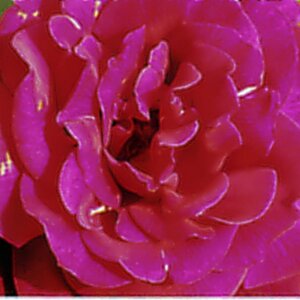
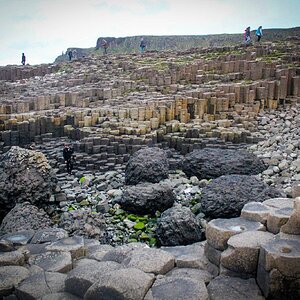
![[No title]](/data/xfmg/thumbnail/32/32151-8f2e9547814c70d611d42980b03d275d.jpg?1619735233)
